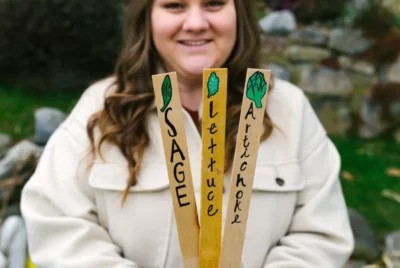RESEARCH
Nature-Based Interventions for Vulnerable Youth: A Scoping Review
Summary
This scoping review examined nature-based interventions (NBIs) for vulnerable youth experiencing mental, emotional, developmental, behavioral, or social difficulties. The review looked at studies on wilderness therapy, animal-assisted therapy, care farming, and gardening and horticultural therapy programs. The researchers conducted a systematic search of several databases for peer-reviewed articles published in English. They analyzed the methodological designs, samples, intervention characteristics, and key findings of the included studies. Both quantitative and qualitative research methodologies were considered. The majority of the original studies employed quantitative repeated measures designs and were primarily conducted in the United States. Sample sizes were generally small, with only 13 original studies having more than 100 participants. The interventions took place in both residential and community-based settings and varied in duration.
The review found that the outcomes were largely positive across a wide range of psychosocial and behavioral measures and were often maintained post-treatment. The psychosocial and behavioral measures that the NBIs contributed to the most included mental health measures (such as hyperactivity, anxiety, depression), social measures (like relationship building and interpersonal skills), and measures of personal development (such as self-concept and meaningfulness). However, the researchers emphasized the importance of more robust empirical designs in future research to achieve a higher degree of external validity. They also noted the need for comprehensive descriptions of the interventions and surrounding therapies, as well as clearer identification of target groups for whom these treatments are most effective. The authors suggest that future research should consider newer statistical approaches like intent-to-treat designs or step-wedge designs and should ideally take an international perspective.







